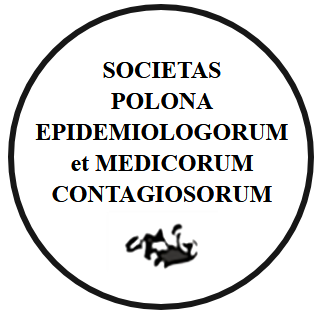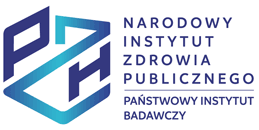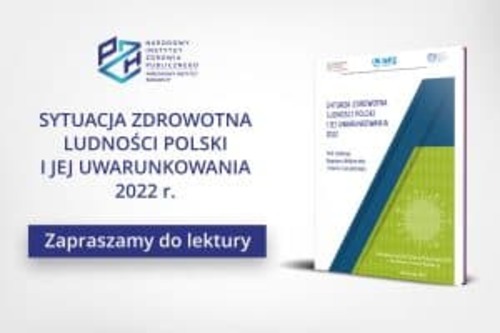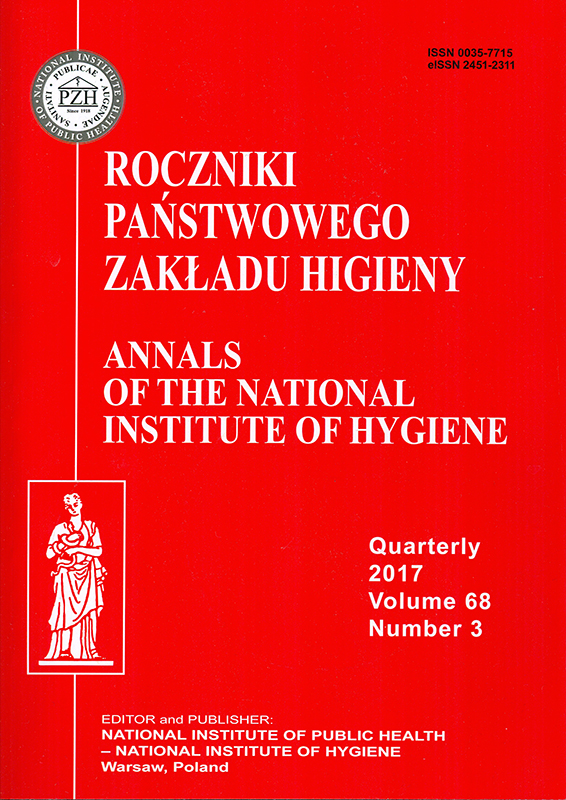For authors
1. Technical procedure:
- The manuscript must be submitted via the Editorial System.
- The manuscript entered into the system is subjected to editorial review, after which the Editorial Team decides to accept the work and send it to two independent Reviewers, or to reject it. The Reviewers' comments serve to increase the scientific value of the work. The Author is obliged to respond to all Reviewers' comments or to justify their rejection.
- Amendments made to the article after review should be marked precisely, preferably in a different color or in the "track changes" mode.
- The Editorial Team reserves the right to reject the work at any stage, providing a justification for its decision.
- After receiving the decision to qualify the article for publication, the Authors are obliged to send the "License statement" to the Editorial Office. The document will be generated automatically by the system and requires the signature of the Corresponding Author..
- When preparing the manuscript for publication, the Editorial Team reserves the right to make minor editorial corrections, mainly related to the linguistic correction of the text, i.e. corrections of typos, sentence order or the format of the citation list.
2. Procedure for submitting works:
- To submit an article to Przegląd Epidemiologiczny - Epidemiological Review, log in/register in the Editorial System (hereinafter referred to as ES). To create an account, go to the ES website and click "Create a new account", then enter your e-mail address as the login, complete the form and enter the password. After logging in, click "Send new article" and follow the instructions displayed: select the type of article and the language in which its content was prepared. Specifying the article type will be important when adding an abstract.
- The summary in Polish and English should be identical and not exceed 300 words.
- In the case of review articles, the structure of the summary is arbitrary. In the case of original articles, the abstract should be divided into sections: INTRODUCTION, PURPOSE, MATERIAL AND METHODS, RESULTS AND CONCLUSIONS.
- The person submitting the text will be automatically considered the Corresponding Author, which means that all communication with the Editorial Office will be sent to the e-mail address of this person. The Corresponding Author can be changed when adding additional Authors of the article. In the case of Authors who already have an account in the system, simply provide their e-mail address and their data will be filled in automatically. Please include information on additional funding sources in the "Additional information" section.
- Authors have the option to provide suggested Reviewers. The Editorial Team is under no obligation to use these suggestions.
- The main text of the manuscript should be prepared in doc, docx, rtf, odt formats. Due to the principle of mutual anonymity of Reviewers and Authors, before adding the text, please make sure that it does not contain any data that could be used to identify the Authors. The Editors also allow adding tables (doc, docx, rtf, odt, xlsx formats) and figures (jpg, gif, tif, png, pdf, xlsx formats) in separate files with a mandatory signature in Polish and English versions.
- In the last step, the system will assign the article a number that can be used in contacts with the Editorial Office. After sending, the Corresponding Author will receive an automatic e-mail confirming the submission of the manuscript.
3. Editorial guidelines:
- The Editorial Office accepts papers in Polish and English versions. Polish-language Authors are obliged to provide an English-language version after reviews and editorial work. NOTE: The Editorial Office does not offer text translation services, you must prepare the English version yourself.
- The volume of submitted manuscripts, including all tables, figures and references, should not exceed 15 pages.
- Manuscripts sent to the Editorial Office should be written in Times New Roman font, size 12, with line spacing of 1.5.
- Summary and abstract: should recapitulate the facts and conclusions contained in the article and should not exceed 300 words.
- Keywords: 3 to 5 in both language versions, should refer to the main topic of the article.
- The introduction of the article should discuss the justification for taking up the topic or the research undertaken in the original papers. The literature cited in the introduction should be limited only to items directly related to the content of the introduction. The introduction should not include the results or conclusions of the research conducted.
- Material and methods – for commonly known methods, references should be provided, including statistical methods in the article. For methods already published but generally unknown, provide a short description with references, and for new or significantly modified methods, provide their full description. Epidemiological studies should provide information about the study plan (protocol) covering the study population (age, gender and other important characteristics, e.g. living environment, vaccination history), randomization method or allocation to specific groups. If a form developed by another institution, e.g. WHO, was used for the study, the Author is obliged to obtain the consent of the above-mentioned institution to use the form, if required.
- Results should be presented in a logical sequence in the text, with possible reference to tables and figures. Data from tables and figures should not be repeated in the text, where only the most important information should be included.
- The discussion should highlight new or important aspects of the results and discuss their implications and limitations. The results of your own research should be assessed against the background of the literature used by the Authors. The detailed data presented in the previous parts of the article should not be repeated here.
- Conclusions can be specified in bullet points or presented briefly in descriptive form. Conclusions should be logically connected with the goals set in the article. You should avoid statements and conclusions that do not result from your own observation. Authors should avoid making statements about costs or benefits unless their paper includes economic data and analysis. If a hypothesis is proposed, it must be clearly stated that it is a hypothesis. Results should also not be included in applications.
- References – should be limited only to items quoted in the text and directly related to the topic of the articles. The number of cited items should not exceed 30, however, the Editorial Office reserves the right to agree to increase this number in the case of review papers. Items in the reference list should be arranged in accordance with the order they appear in the text. When citing publication in the text, only the ordinal number of the relevant publication in the reference list should be provided in round brackets. The position should also be given in tables or figure legends. Articles accepted for publication, but not yet published, should be marked as "in press", and the Authors should obtain written consent to cite such article, as well as confirmation that the cited article has been accepted for publication. The current citation style in our journal is the Vancouver style, a description of which with examples can be found by clicking here.
4. Review process:
- Przegląd Epidemiologiczny - Epidemiological Review uses the "double blind review" principle in the review procedure. This means full anonymity of the review, the Authors and Reviewers do not know each other's identities. Therefore, we ask the Authors to pay special attention to ensuring that the manuscript is prepared in such a way as not to reveal the identity of the Authors. The Authors' names and affiliations should be placed only in specially designated places in the ES and should not be repeated in the content of the article.
- All submitted articles undergo a preliminary assessment by the Editorial Office in terms of compliance with the topics and fields in which the journal specializes.
- Articles that meet the substantive and editorial criteria are then sent to two independent Reviewers who assess the scientific value of the paper.
- Reviews are prepared in an electronic review form available after accepting the invitation to review directly from the link in the e-mail or after logging in to your account in the ES.
- The duration of the review process is closely related to the availability of Reviewers and may be longer during holiday or holiday seasons or when the publication concerns a field with a limited number of specialists.
- Reviews (including Reviewer comments directly in the manuscript, if added) are sent to Authors. In the event of the Editorial Office's decision on the possibility of publishing the work after making corrections or a major revision, the Editorial Office requires the Authors to refer to all comments submitted by the Reviewers and to precisely mark all corrections, changes and additions in the text, and if it is not possible to introduce a correction, to respond to the comment in a letter to the Reviewers.
- The revised article undergoes another editorial review, and then the Editorial Office makes the final decision regarding publication of the manuscript.
- The final publication date depends on the number of manuscripts waiting for publication.
We process personal data collected when visiting the website. The function of obtaining information about users and their behavior is carried out by voluntarily entered information in forms and saving cookies in end devices. Data, including cookies, are used to provide services, improve the user experience and to analyze the traffic in accordance with the Privacy policy. Data are also collected and processed by Google Analytics tool (more).
You can change cookies settings in your browser. Restricted use of cookies in the browser configuration may affect some functionalities of the website.
You can change cookies settings in your browser. Restricted use of cookies in the browser configuration may affect some functionalities of the website.





